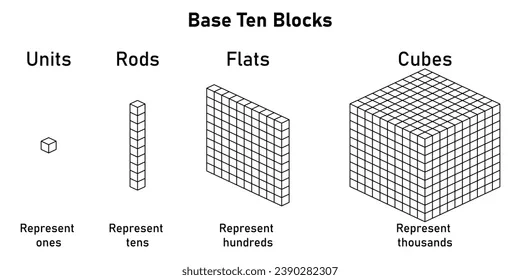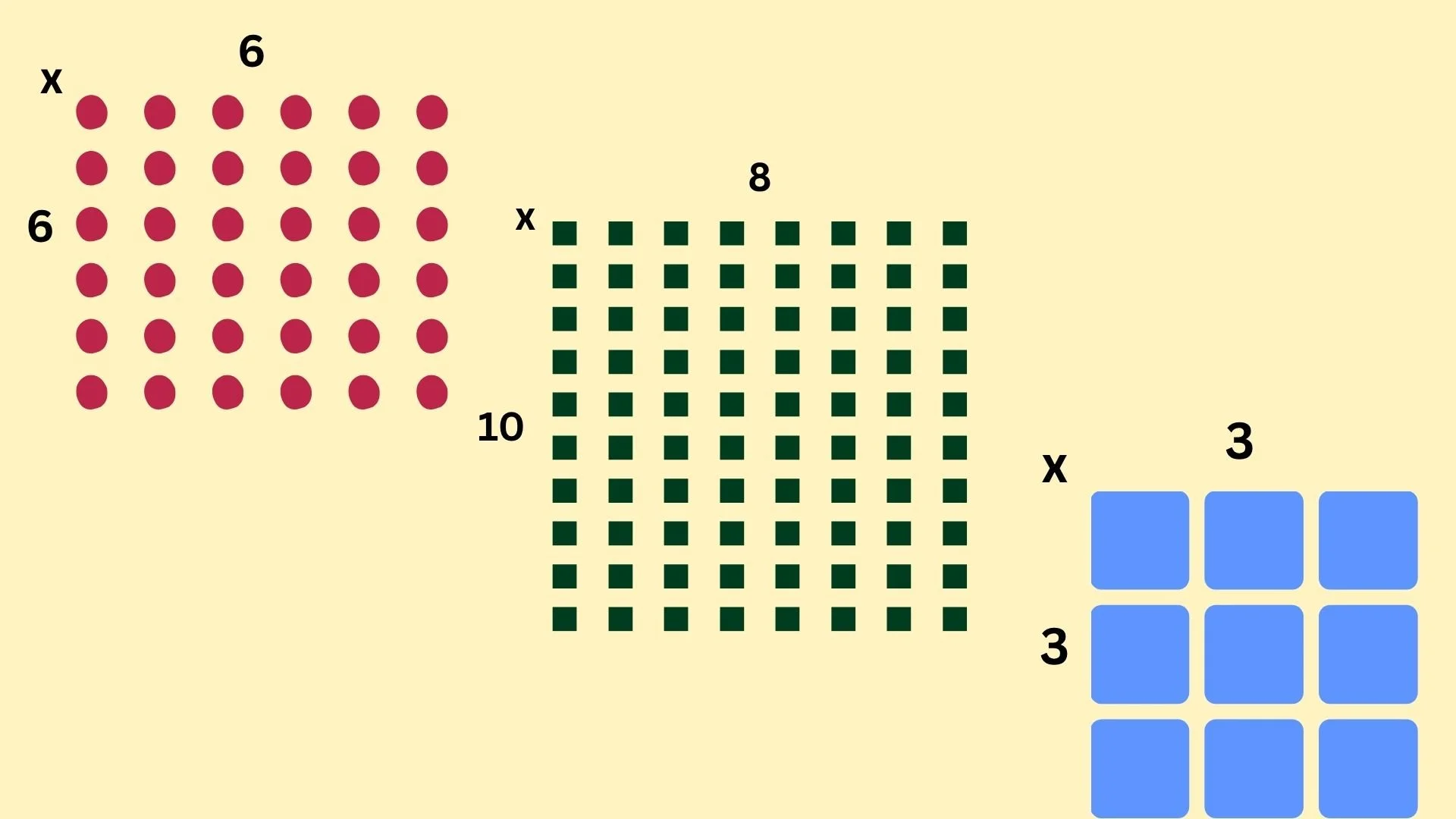New math? Three tools your students use
We all learned math a certain way, but teachers and schools are now teaching new methods that don’t always make sense to a lot of parents.
First, what is different about how math is taught now?
When you were in school, you may have done a lot of math drills and memorization of math facts. You may have used blocks or pictures to count things in early grades, but the focus was on knowing those math facts so that you could use them to solve other problems.
Today, teaching methods are focused on helping students understand many different ways to get to the same answer and helping them visualize the problem so they understand how it works. Teachers still want students to know their math facts, but it isn’t the only way they are teaching math.
What are some of the physical and visual tools that teachers and students use to help solve problems and understand math reasoning?
Base Ten Blocks: These are visual representations of numbers and place values and can be used to count by ones, tens, hundreds, and thousands. They help students visually and physically add, subtract, multiply, and divide numbers. They can help students understand the relationship between place value. For example, 10 is ten times bigger than 1, 100 is ten times bigger than 10, and 1,000 is ten times bigger than 100. When students get to upper grades, the manipulatives are reversed and used to understand decimals. The largest cube becomes 1, the flat becomes a tenth, the rod becomes a hundredth, and a unit becomes a thousandth.
Place value chart
Place Value Charts: A place value chart helps organize and numbers and see the value of a digit. We know that in the number 179, the 7 is not just 7 things, it represents 70 things. A place value chart helps students remember this. This is very helpful when adding, subtracting, multiplying, or dividing, or when writing numbers in different forms. The chart can be adjusted to include as many or as few place values as needed.
Arrays
Arrays: Arrays are visual representations of multiplication or skip counting. These drawings are helpful for finding area, learning why multiplication works, and solving division problems. They can be drawn simply or complexly based on a student’s needs.




